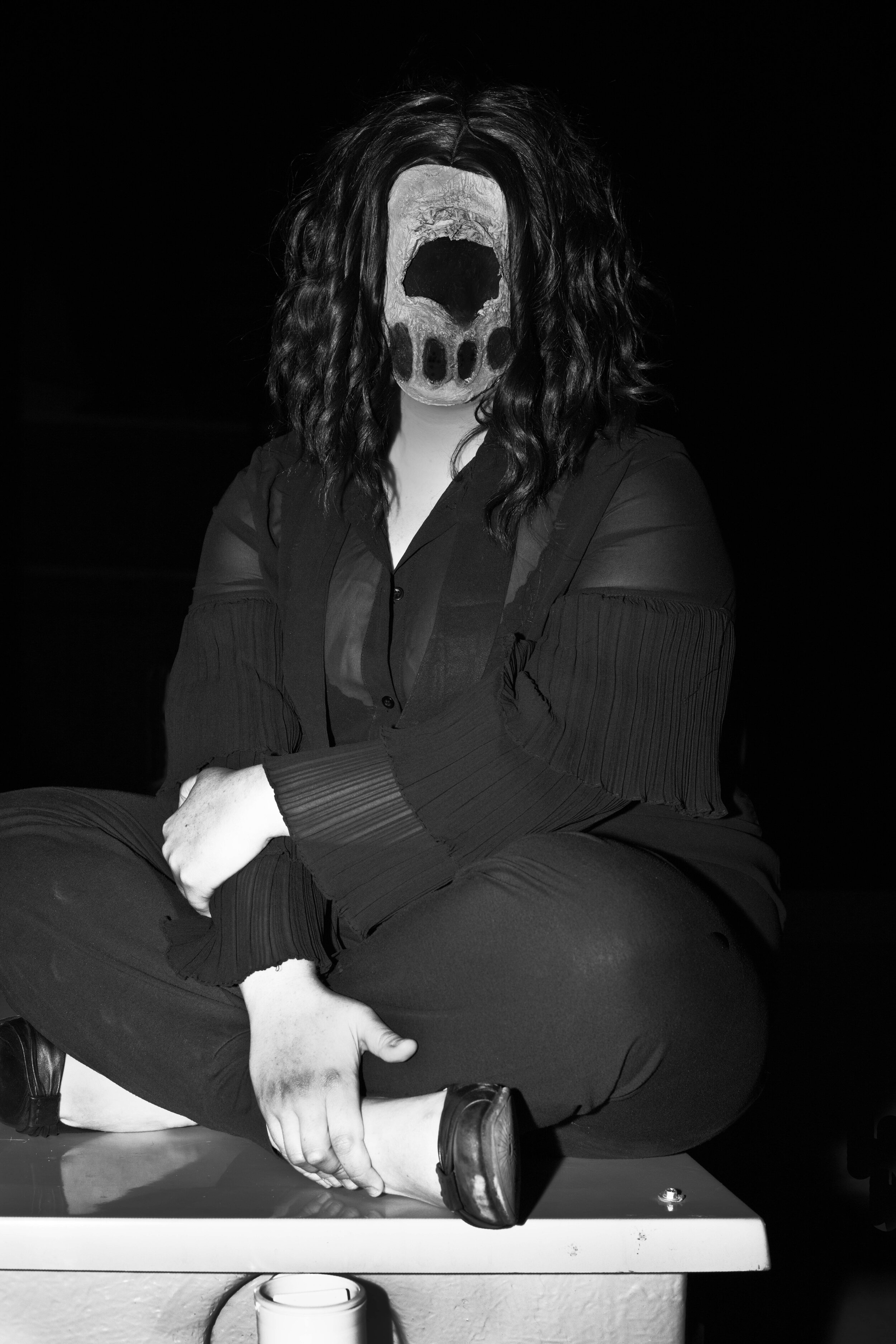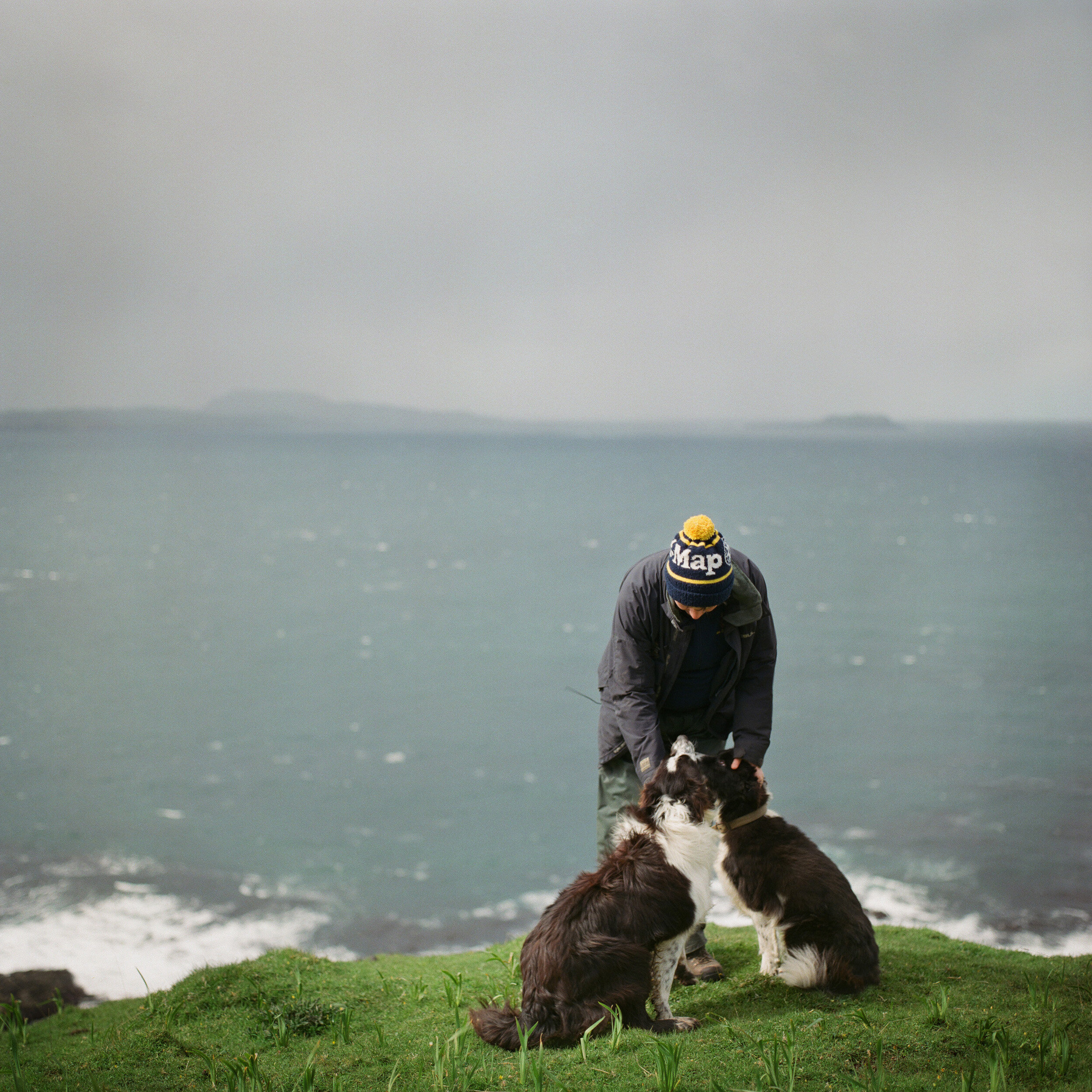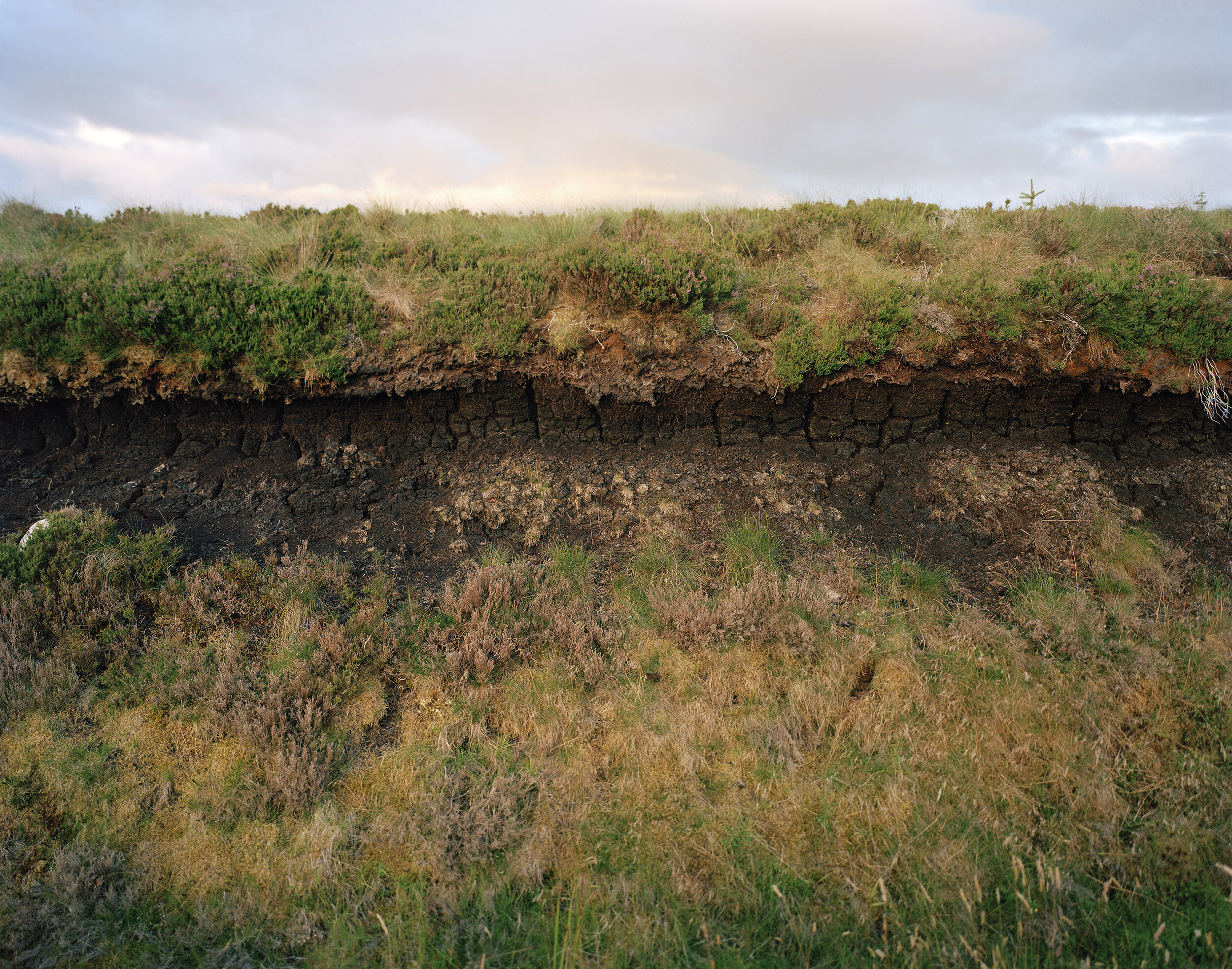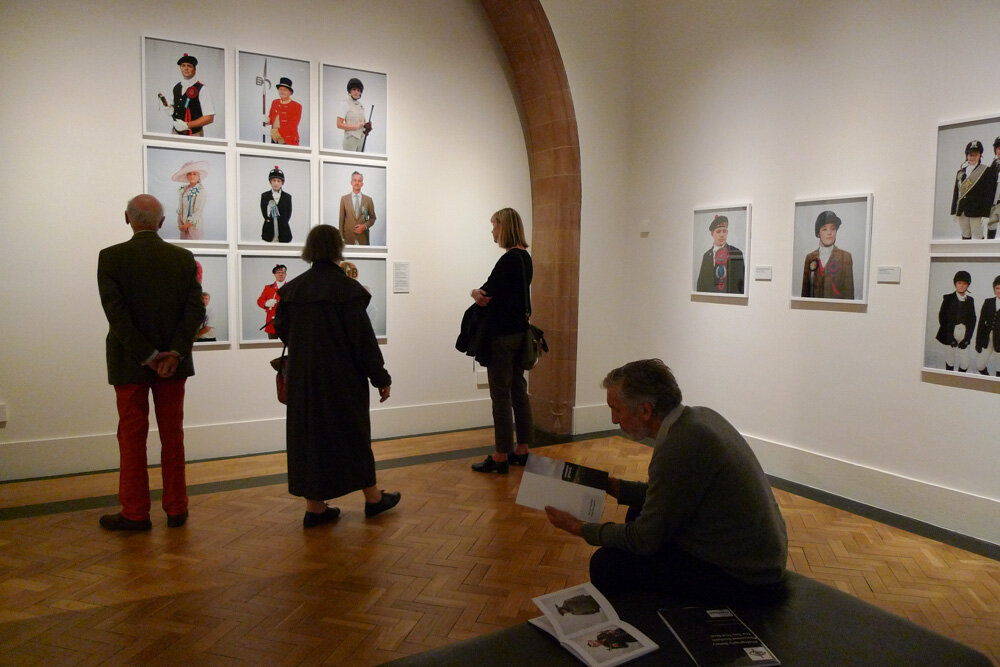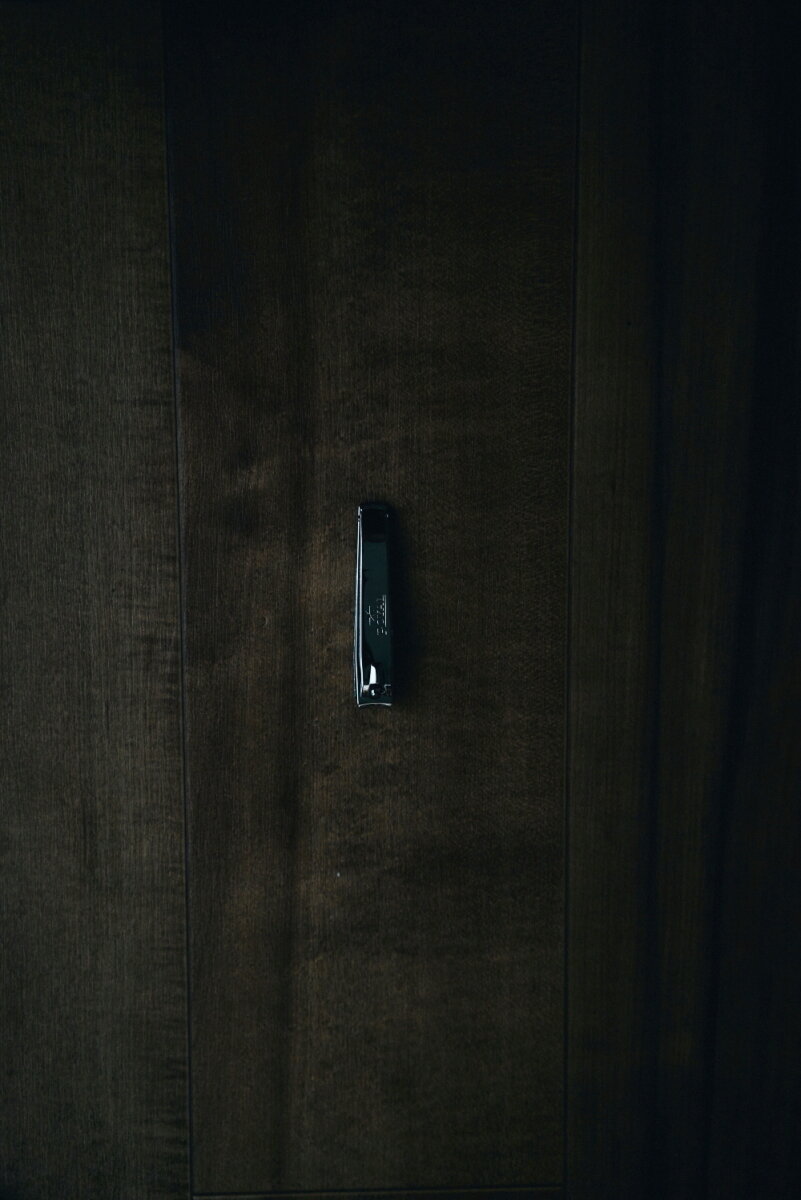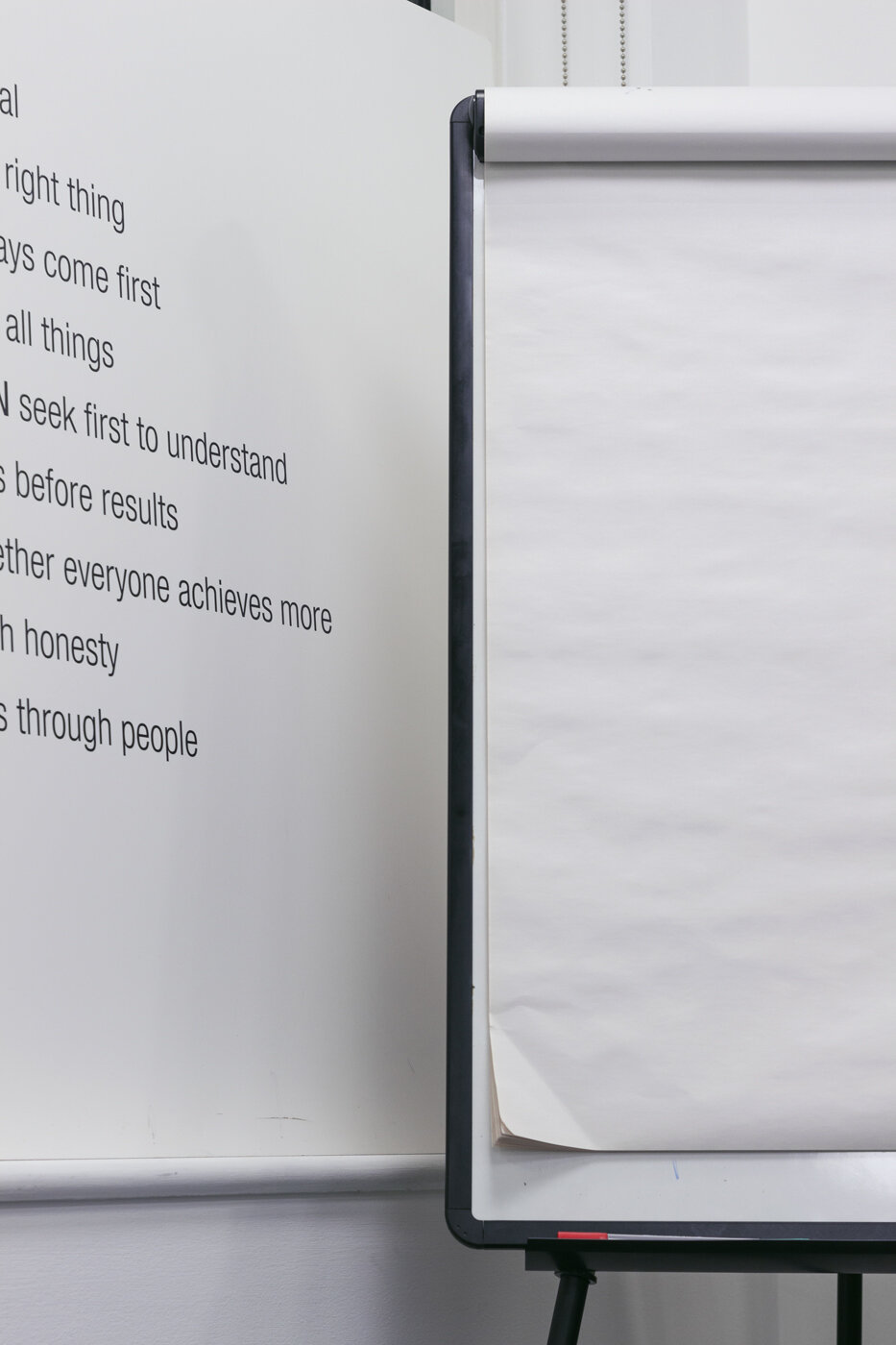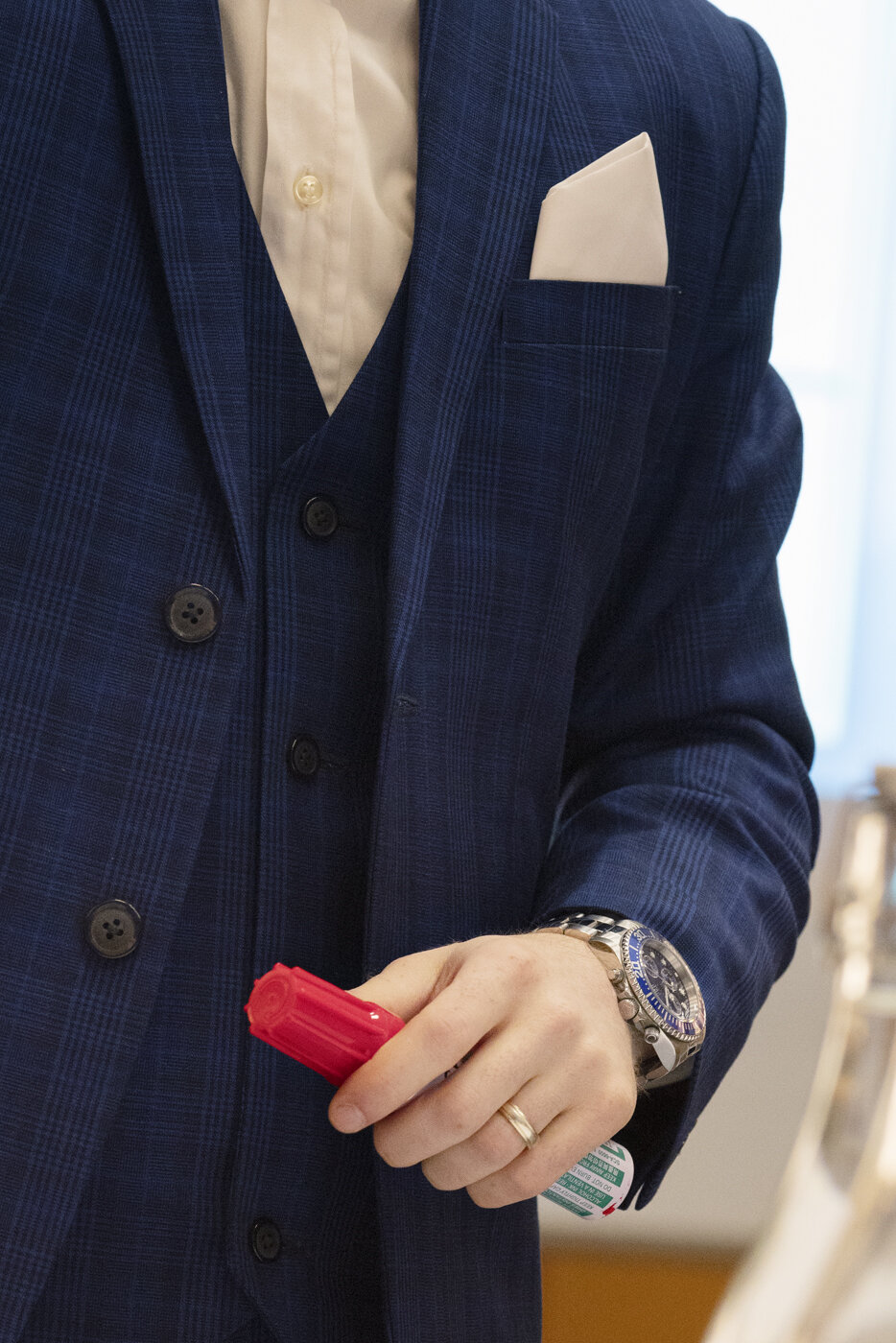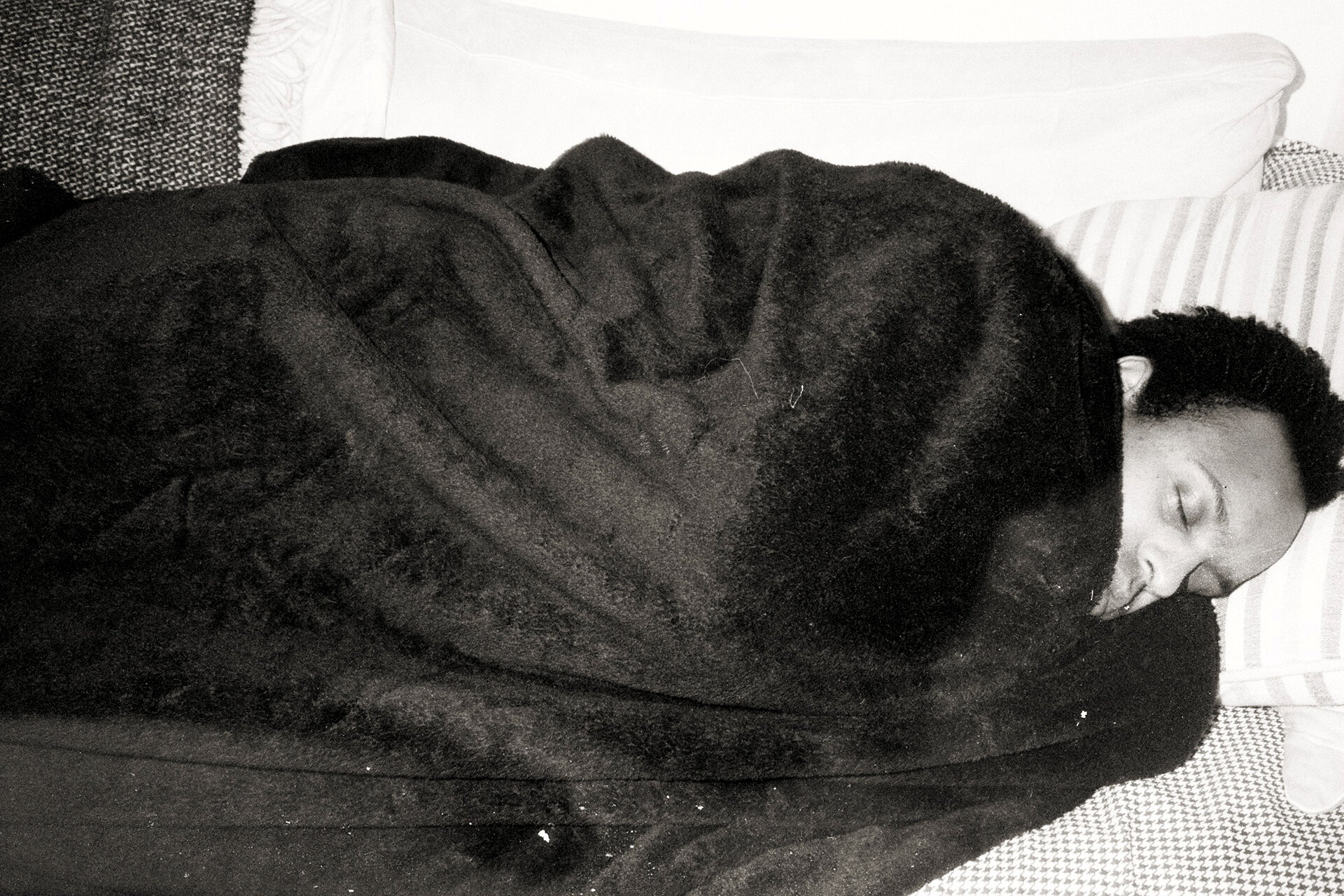I am currently working on a project called 33 which is a journey through the 32+1 Greater London boroughs. The Project is created from a curiosity to observe and understand the vast territory that forms The Greater London perimeter, where I have lived for five years. I enjoy walking, and I walk to try to discover and capture the contrasts of each Borough. I am generally a very curious person and photography is one of the tools that helps me feed this thirst. Daily life in London is fascinating for this type of voyeurism, and the camera is a congenial instrument for me to be able to capture it.
I often have a pre-established route, areas that I know and I never get bored of. For the unknown places I decide on a few focal points and start to walk around following my instinct, waiting for something to happen. I am more attracted to residential areas where I can find ordinary daily life, where as I see Central London as more of a transitional space. I work with film cameras such as a Contax G1 and Mamiya 645 and use Kodak Portra 400 film.
Francesco Fantini is an italian photographer based in London. He graduated from the Academy of Fine Arts in Bologna (MA Photography) and moved to the UK in 2014 he where lives, works and shoots mainly on 35/120 mm films.















